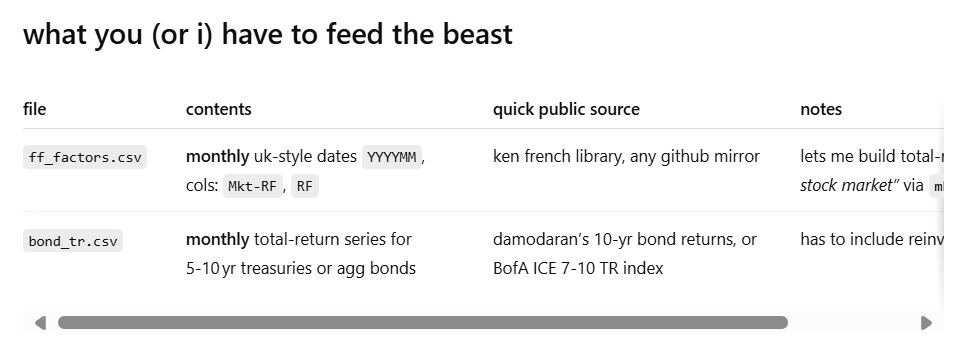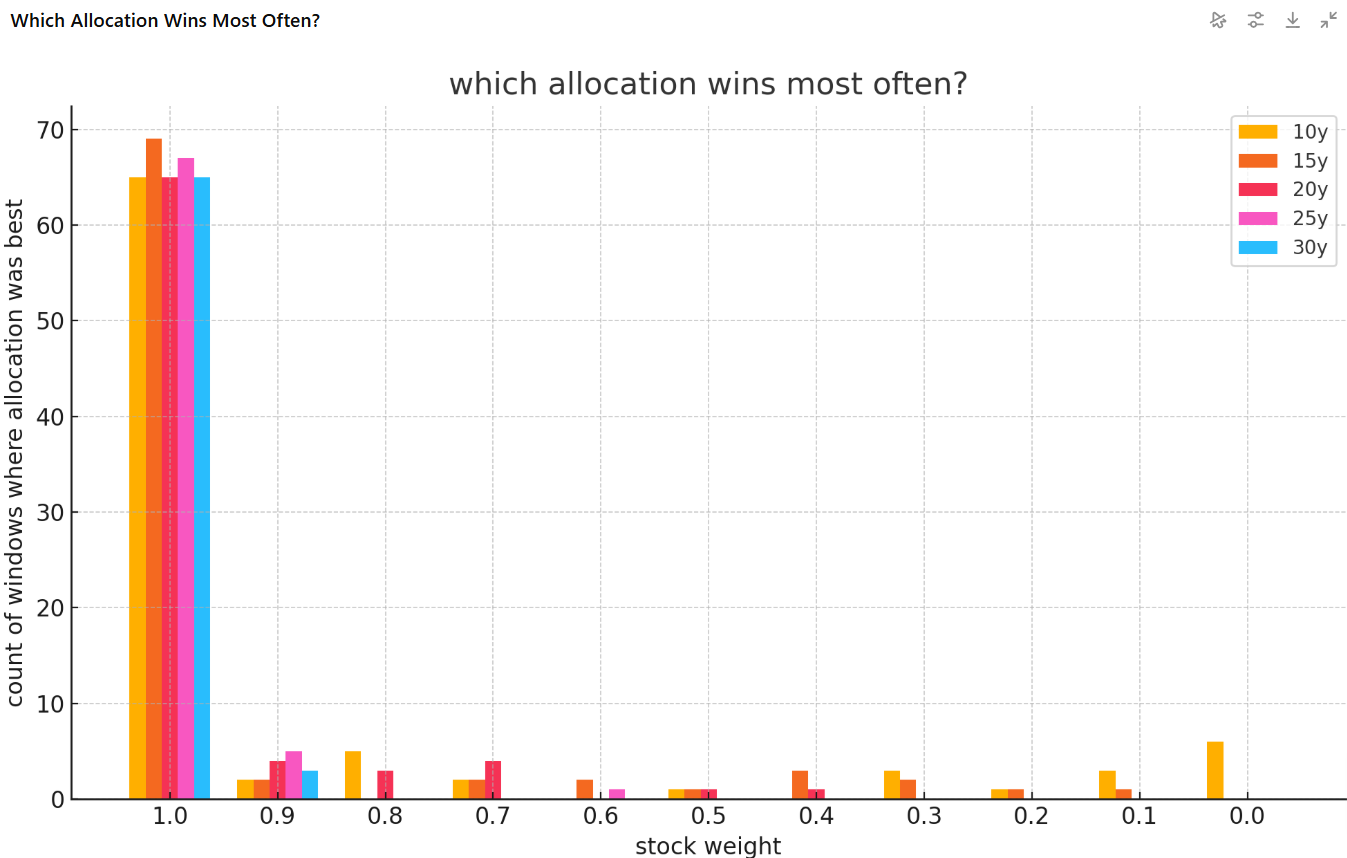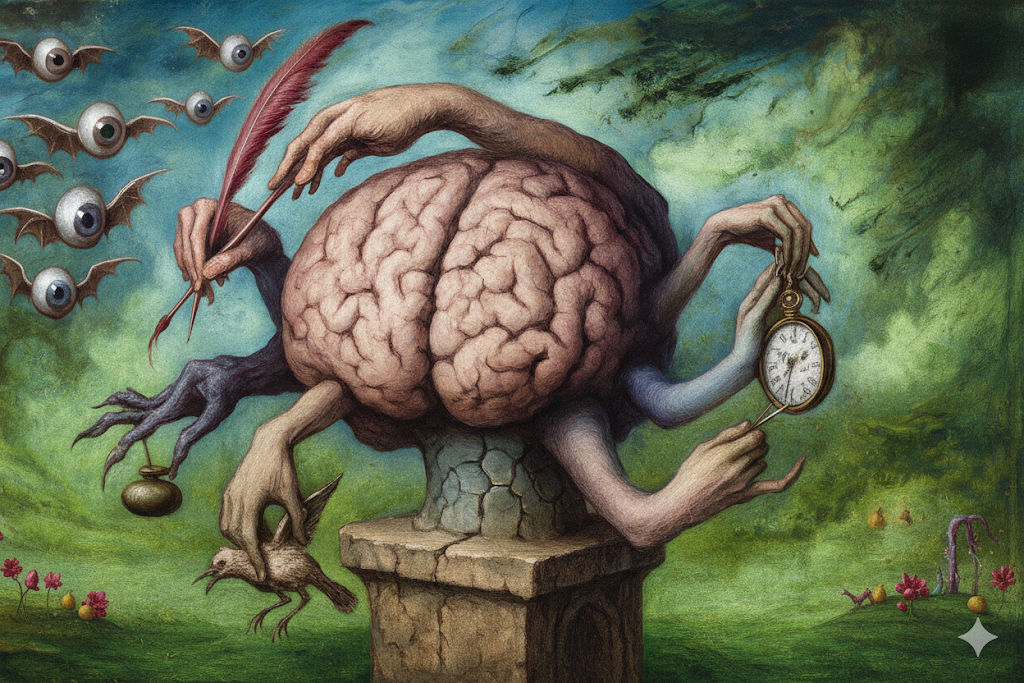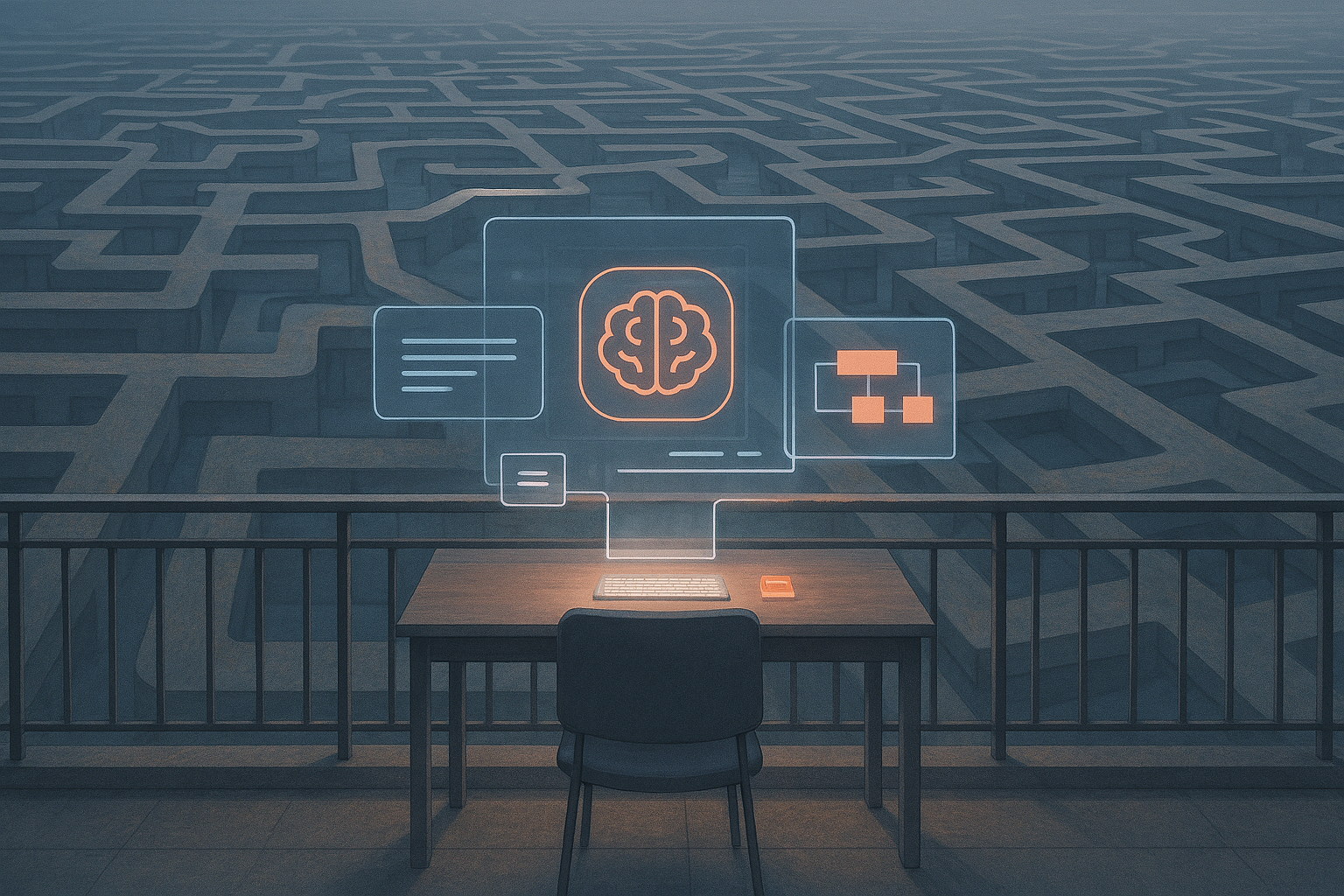Breakthrough ideas and achievements are rarely solo affairs.
There’s a scene early in The Social Network where Mark Zuckerberg and Eduardo Saverin develop Facesmash in one night. Mark is stuck on the ranking algorithm, and Eduardo works it out with him. Mark is portrayed as a genius hacker and developer, while Eduardo is the mathematician. Their incredible partnership goes on to develop The Facebook.
Joint, collaborative thinking like this is incredible. Ideas are flowing quickly and you make huge progress in a short amount of time. It’s also unfortunately very rare. You need two people with deep expertise, shared passion, complementary talents and perspectives, and the trust that comes through shared history and context. Genius won’t emerge just by putting two people into an office together.
However, you can get this kind of collaboration right now. It’s on tap, anytime you like. AI can be your co-founder, your brainstorm partner, your complementary colleague, and your tireless employee all at once.
Let me show you how.
Developing a plan
If you are a doer, your ability to execute is about to go through the roof. The new o3 model from OpenAI that’s available to paid users is astounding. Plenty of people are calling it a similar jump from GPT-3.5 to GPT-4.0, and I think that’s about right. It’s another step up in reasoning models, but the new value comes from being able to use multiple tools across multiple steps of a plan.
On the other hand, o3 has limited usage caps and is pretty slow; I don’t recommend starting with it right off. Instead, use ChatGPT with the GPT-4o model or Microsoft 365 Copilot without Researcher/Analyst at first. Explain the problem you are having or what you want to accomplish. This can be anything you want to learn, any research you want to perform, or knowledge you want to create. You can create new software, art, or writing. If someone can do it with a computer, you can do it here.
Chat is a perfect interface for developing the specifics of a plan, and GPT-4o is the perfect model for doing so. You can also use advanced voice for this step if it is easier to think out loud. Chat/voice is how we naturally communicate, and these models are fantastic at helping you to get your thoughts in order.
You want to give context about why you are thinking about this problem and what you want to create. Tell the model not to start working yet, and it will come back with a plan. This won’t quite match what you were thinking, so correct it here.
Example of thinking with AI
Let me give an example. Last week I saw an online discussion about whether bonds should be included in an investment portfolio. One criticism of the author’s analysis was that they didn’t consider some important variables. I decided to explore this idea with ChatGPT and o3:
Let’s calculate some historical stock and bond portfolios. Don’t calculate anything yet. What variable should we consider?
ChatGPT produced some good suggestions that clarified my thoughts. I answered a few questions and hit this magic line:
Come up with a specific research plan but don’t run it yet
The plan it developed is extremely good, outlining the assumptions it will make, the variables it will use, and the basics of how it will go about doing so. The process up to this point took less than a minute! Most of the time I’d be happy to get to this point after a few hours of solo work and meetings with multiple people.
When you’re happy with the plan, it’s time to execute.
Working through execution
Now it’s time to switch from the faster GPT-4o chat model to the slower reasoning model, or @-mention Researcher/Analyst. As ChatGPT told me (via highly custom instructions), “ok, boots on.”
For some tasks like researching a particular topic or producing a single answer, the AI will execute everything and get you a result. But this is only a tiny slice of what you can do with AI tools! Executing fully defined tasks is great, but the more interesting work will require your input, either in creativity or in “tool use”:
- Publish the website
- Art direction or image manipulation
- Answer questions as the model explores the answer space
- Refine and redirect
- Test the software
- Editing
- Identifying promising avenues to explore
In my investment case, ChatGPT knew it needed data that existed online, but it couldn’t access the full content itself. It needed me to download two tables of historical returns and upload them as CSV.

You should always review the reasoning steps, aka the “Chain of Thought.” Skimming it is fine if it gets lengthy. This is going to help you understand where the model gets off track, and you’ll also learn more about the topic as it works. You’re helping the AI by bringing in context, while it helps you refine your assumptions.
After I uploaded the files, ChatGPT used its ability to execute Python to perform quite a lot of analysis, considering different rolling windows and investment strategies. It gave me tables and a chart; these were what I asked for, but not yet what I needed.
Iterate
The o3 model executed just fine, and I didn’t see any errors that the model made. However, I did learn that I wasn’t asking exactly the right questions. Getting answers quickly meant I could immediately revise towards a better result.
First, I had to take a minute or two to understand what the chart of “60/40 Portfolio – 15‑Year Rolling CAGR Distribution” even meant. Once I did, I was able to iterate with the information I realized that I actually wanted: whether different amounts of bonds in a portfolio produces higher returns or are less likely to have negative returns.
I’d like to answer (and visualize):
- count of how often each rolling window had negative returns, clustered for each investing strategy
- count of how often each rolling window had the best returns, clustered for each investing strategy
Now I had an excellent result:

This result had the answers I was looking for:
negative windows: only equity‑heavy 10‑yr stretches dip below zero; add bonds or lengthen horizon → the “zero‑CAGR nightmare” basically disappears.
who wins most? unsurprisingly, 100 % stocks grabs the crown on the majority of rolling windows across all horizons, but 90 / 10 and even 80 / 20 snag a non‑trivial chunk—especially over shorter horizons—while adding serious drawdown insulation.
My own investing plan was to change to a 60/40 stock/bond split, but now I’m thinking I may stay at 70/30 or even go back to 80/20.
It’s common in my experience that the first result isn’t perfect, or even very good. If you stop there, you’ll get slop. The chat interface once again excels at taking your feedback and revising. The key is applying your own broader context to guide output to be interesting or useful.
Finally, just for fun, I switched to GPT-4.5 (supposedly the best model at writing) to have it produce a science-y whitepaper to describe the result. It’s not about to be published in a scientific journal, but this kind of calculation would have required a college degree a few short months ago.
Here is the full conversation I had with ChatGPT.
Your Co-Founder
ChatGPT in this conversation was like my Eduardo Saverin co-founder, excellent at structured reasoning and mathematics. It’s ironic that everyone used to joke about LLMs being terrible at math, when now they are indisputably better at math than any human alive. Now AI is also world-class at research, business analysis, storyboard animation, software development, poetry, non-fiction writing, brainstorming, test grading, simulation, fiction drafting, editing, fact-checking, applying for jobs, SEO, coaching, and many other domains. AI will help you with anything that requires thinking.
If you have the doer mindset, you don’t need to wait for serendipitous partnerships with occasional “flow” state collaboration. AI will be your co-founder at whatever you want to accomplish. It’s ready. Are you?







